Proposal Letter Template for Funding Support
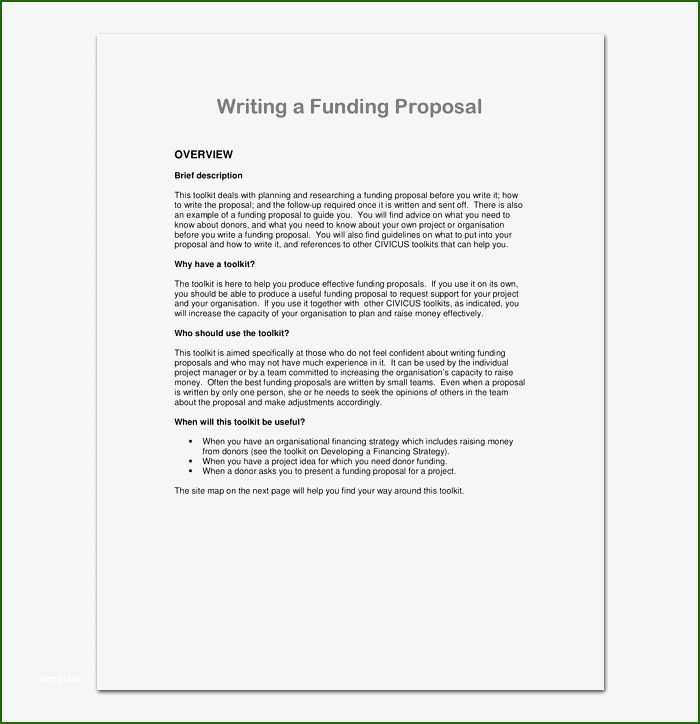
When seeking financial assistance, it’s crucial to present your ideas clearly and persuasively. Crafting a well-structured document that communicates your needs and the potential impact of your project can greatly increase your chances of success. Whether you’re approaching a business, foundation, or individual sponsor, how you structure your request matters.
Clear communication of your objectives, budget, and goals will demonstrate your seriousness and reliability. By presenting a compelling case, you engage potential partners who may be inclined to offer their support. An impactful document outlines the purpose of your project and highlights the specific ways in which the funds will be utilized.
Professionalism is key when drafting this kind of request. It’s important to maintain a tone that reflects both your dedication and respect for the recipient’s time. A well-written appeal not only showcases your project but also reassures the recipient of your ability to manage the support you’re asking for effectively.
How to Write an Effective Proposal
Creating a compelling document to request financial assistance requires clarity, focus, and professionalism. Your goal is to present your vision in a way that resonates with potential sponsors, demonstrating both the value of your project and your capability to manage the support you’re asking for. To achieve this, it’s essential to structure your request effectively and provide all the necessary details in a concise and organized manner.
Define Your Purpose and Goals
The first step in drafting an effective request is to clearly state the purpose of your initiative. Potential partners need to understand exactly what you aim to accomplish and how the investment will contribute to achieving those objectives. Focus on specific, measurable outcomes that can be evaluated once the project is underway. This helps the reader envision the impact and success of your proposal.
Highlight the Impact and Benefits
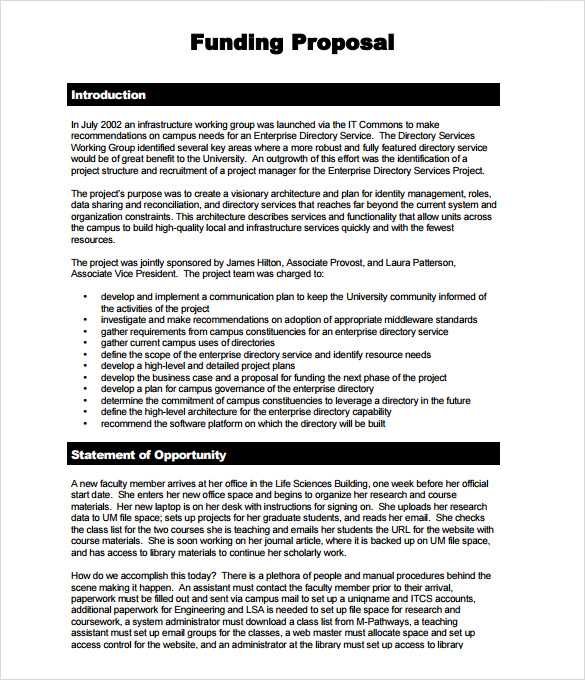
Demonstrating the benefits of your project is vital in convincing others to support your cause. Explain how their involvement will not only help you reach your goals but also contribute to the larger community or industry. Be sure to highlight any potential returns on investment, social benefits, or long-term impact, and consider providing evidence or examples to back up your claims.
Key Elements of a Funding Request
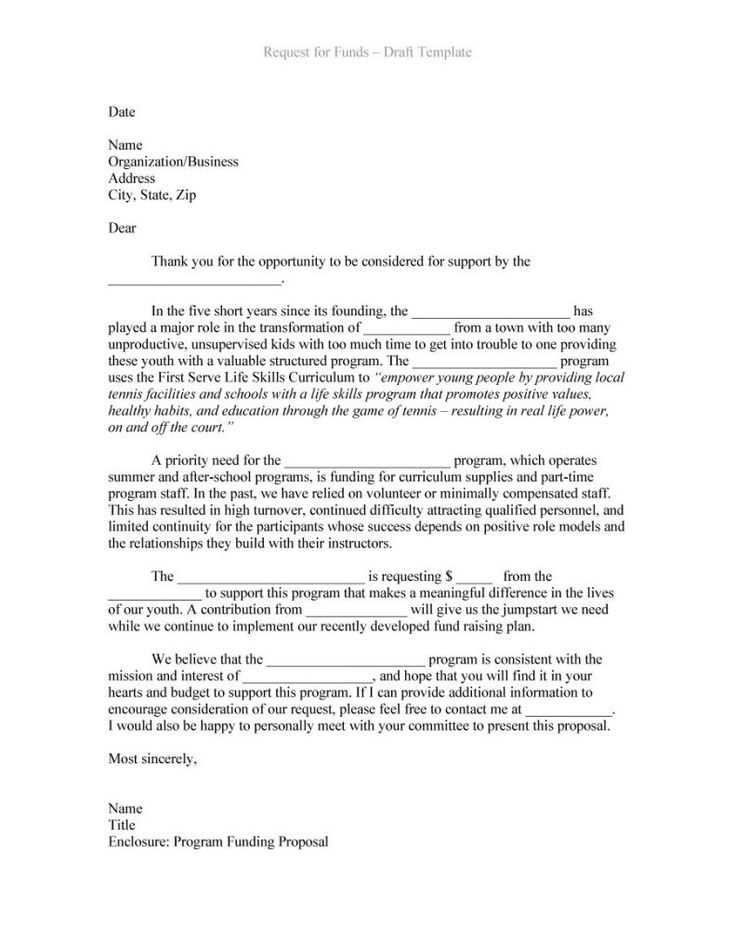
When asking for financial support, there are several essential components that must be included in your communication to ensure it is clear, persuasive, and professional. Each section should build on the previous one, leading the reader to understand the importance of your project and the necessity of their contribution. The goal is to provide enough detail for the recipient to evaluate the viability and impact of your request.
Project Overview and Objectives
Start by clearly defining your project and its specific goals. This section should offer a concise yet informative summary of what you intend to achieve, why it matters, and how it aligns with the potential sponsor’s interests or mission. Be specific about what outcomes you expect and how you plan to measure success.
Detailed Budget and Use of Funds
A transparent and detailed budget is crucial. Break down how every dollar or resource will be allocated throughout the project. This helps to build trust and demonstrates that you have thought through all aspects of implementation. Providing a clear financial plan reassures the reader that their investment will be used effectively and responsibly.
Common Mistakes in Proposal Letters
When crafting a request for financial support, it’s easy to make errors that can diminish the effectiveness of your communication. Avoiding common pitfalls will increase your chances of making a strong impression and securing the necessary backing for your project. It’s essential to stay focused on your goals while presenting clear, accurate, and persuasive information.
Vague or Unclear Objectives
One of the most frequent mistakes is not clearly outlining the purpose of the project. If the objectives are too broad or unclear, the recipient may struggle to understand the value of your initiative. Be specific about what you hope to achieve and how the requested resources will directly contribute to these goals. This will help build trust and a sense of direction for the potential sponsor.
Overloading with Information
While details are important, providing excessive or irrelevant information can overwhelm the reader and detract from your main points. Focus on presenting only the most pertinent details that directly support your request. A concise, organized message is far more likely to engage the reader and leave a positive impression.
Personalizing Your Financial Request
Tailoring your request to the specific interests and values of the recipient is key to making a strong case. A personalized approach shows that you’ve done your research and that you understand the goals of the person or organization you are reaching out to. This connection can help build trust and increase the likelihood of a positive response.
Understand the Recipient’s Priorities
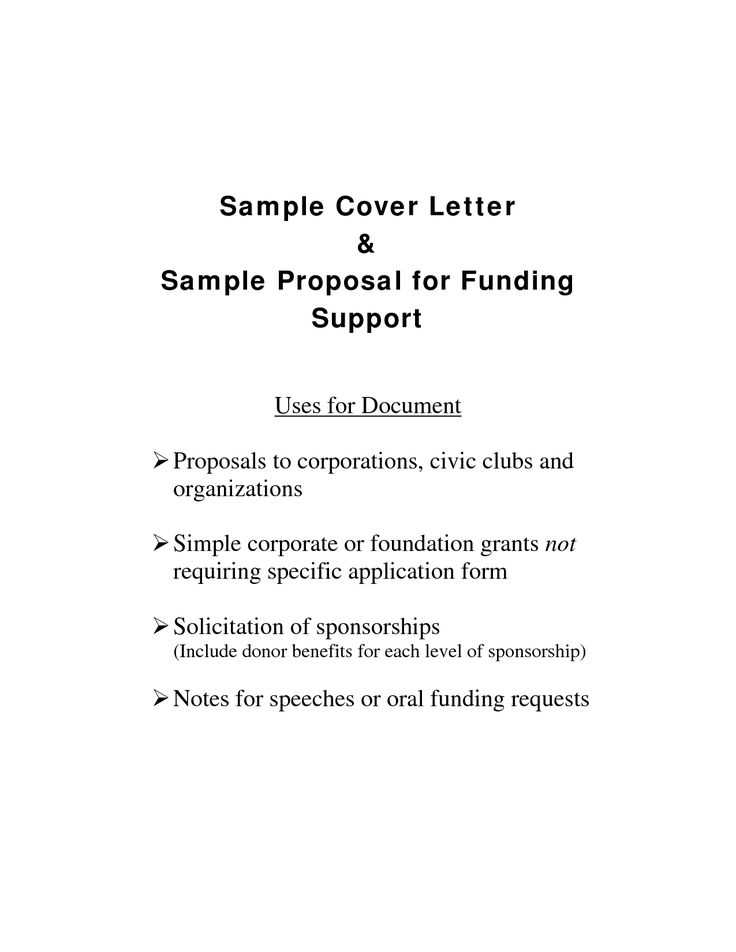
Before drafting your request, take time to learn about the potential sponsor’s interests and past investments. This will allow you to tailor your message to their values, demonstrating that your initiative aligns with their mission. Here’s how you can do this:
- Research the company or individual’s previous contributions or supported projects.
- Identify how your project complements their goals or fills a gap in their focus areas.
- Highlight shared values or missions that align with the purpose of your initiative.
Use a Direct and Personal Tone
One of the best ways to create a connection is to write in a way that feels personal, not generic. Avoid using a one-size-fits-all approach. Instead, emphasize how their involvement will make a difference and how it fits into the broader picture of their interests and expertise. Make your request feel like a direct conversation rather than a formalized appeal.
Best Practices for Securing Support
Securing financial backing requires more than just presenting a compelling case. It involves building trust, demonstrating your ability to deliver results, and making a clear connection between your project and the sponsor’s interests. By following certain best practices, you increase the likelihood of gaining the support you need to bring your vision to life.
First and foremost, ensure that your request is clear and well-organized. A recipient should be able to quickly understand the purpose of your project, how you plan to use the resources, and what the potential impact will be. Avoid unnecessary complexity and focus on communicating the essentials in a straightforward manner.
Another important practice is to establish credibility. Highlight any past successes, relevant experience, or partnerships that demonstrate your ability to manage the support you’re seeking. Providing evidence of your capability reassures potential backers that their contribution will be used wisely.
Lastly, maintain professional and timely communication throughout the process. Respond promptly to any queries and keep the sponsor informed of your progress. A consistent, professional approach shows that you are committed to the project and that you respect the sponsor’s time and investment.
How to Address Potential Sponsors
When reaching out to potential sponsors, how you address them can significantly impact the response you receive. It’s important to show respect, acknowledge their unique position, and tailor your approach to fit their interests. A personalized, thoughtful introduction can set the tone for a strong partnership and increase your chances of securing the support you need.
To ensure you are addressing each sponsor in the most effective way, take into account the following factors:
| Consideration | Best Practice |
|---|---|
| Know the recipient | Research the sponsor’s background, values, and previous projects they’ve supported to ensure your request aligns with their mission. |
| Personalized greeting | Always address the sponsor by their name or title, showing that you’ve taken the time to craft a personalized message. |
| Professional tone | Maintain a formal yet approachable tone, respecting the sponsor’s time and position. |
| Clear subject | Use a concise and informative subject line or introduction that immediately communicates the purpose of your request. |
By following these steps, you ensure that your communication is respectful, professional, and more likely to resonate with potential sponsors. Tailoring your approach will not only demonstrate your dedication but also increase the chances of establishing a meaningful connection.
Tips for Structuring a Proposal Letter
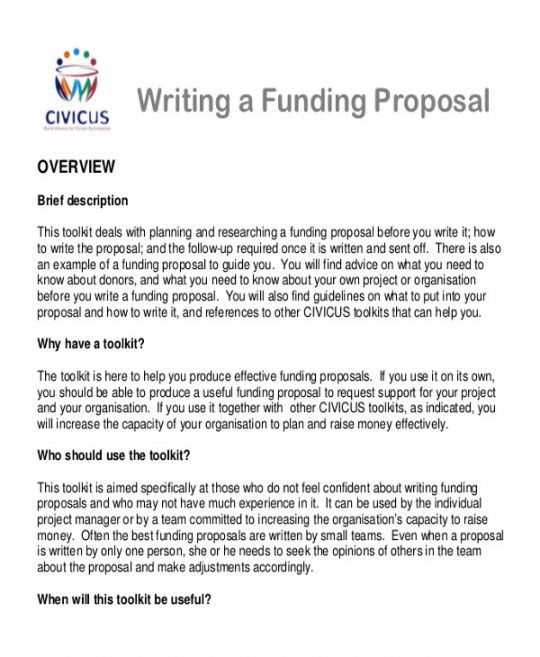
When crafting a request for financial support, the structure of your communication plays a vital role in how it is received. A well-organized document helps the reader easily follow your argument, understand the key details, and evaluate the potential impact of your initiative. Proper structure not only makes your request clearer but also increases its chances of success.
Start with a Strong Introduction
Your opening should immediately capture the reader’s attention and communicate the purpose of your request. Be concise but direct, outlining the main objectives of your project and why it’s worth supporting. This section sets the tone for the rest of your message and encourages the reader to continue engaging with the content.
Provide Clear Details and Justifications
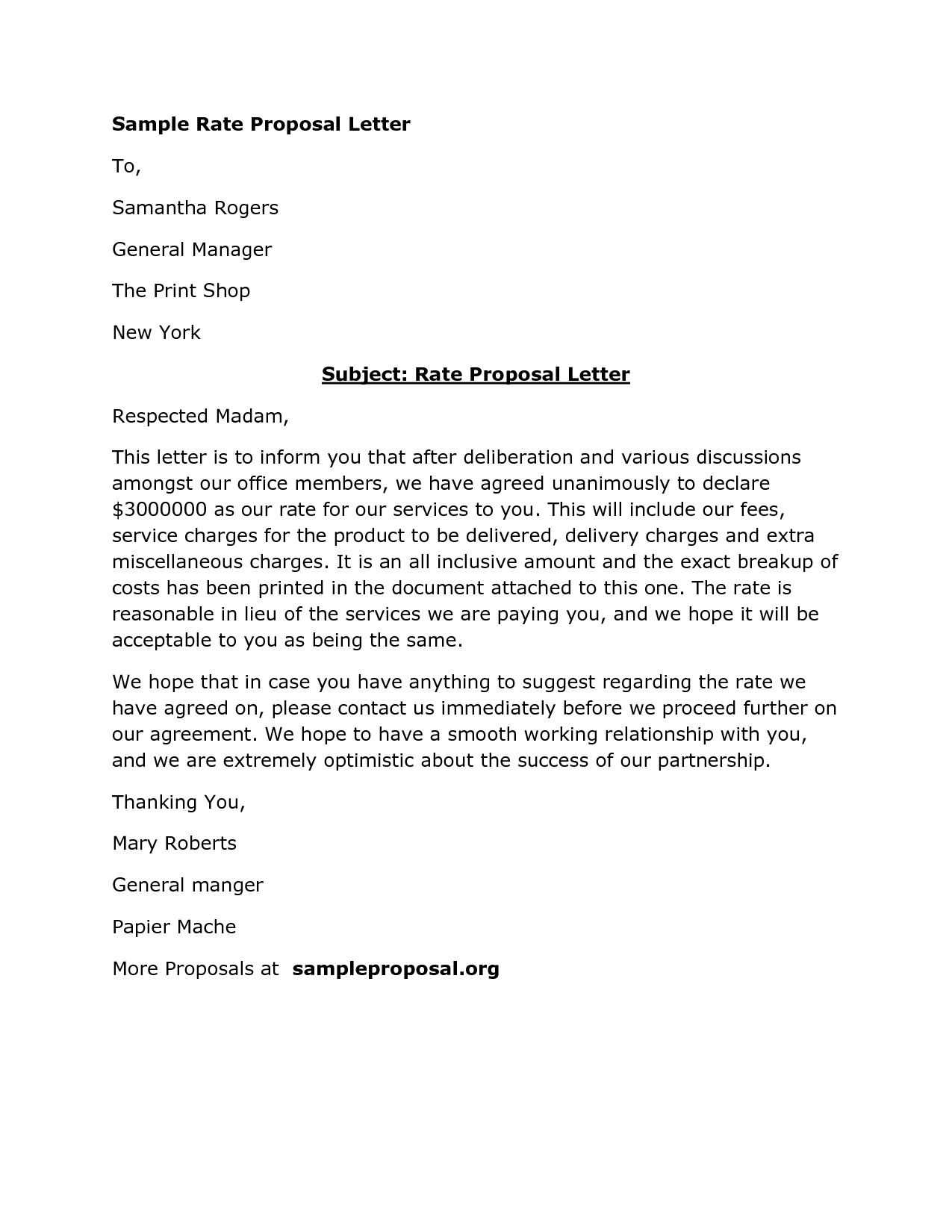
After the introduction, clearly explain what the requested resources will be used for. Provide a detailed plan, including specific goals, timelines, and outcomes. Justifying how the funds will be allocated demonstrates transparency and helps build trust with the reader. It’s important to offer enough information to support your claims while avoiding unnecessary detail that may overwhelm the recipient.